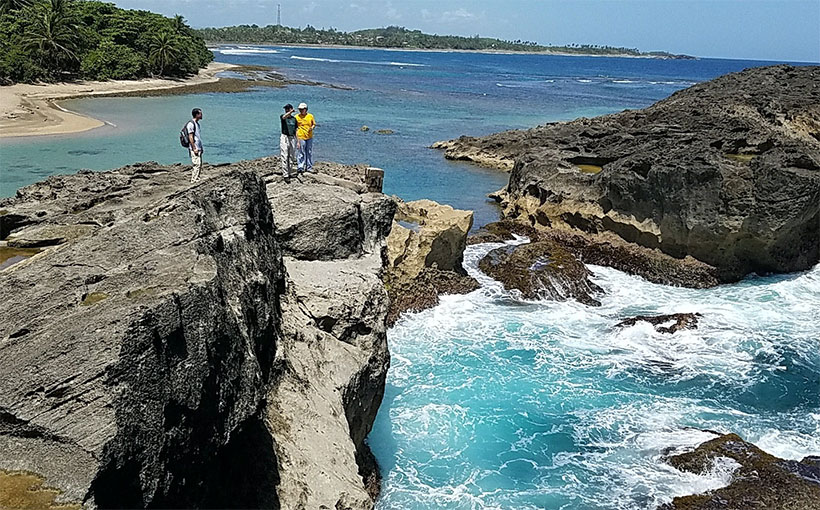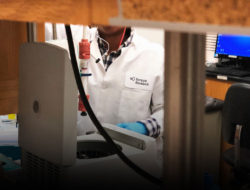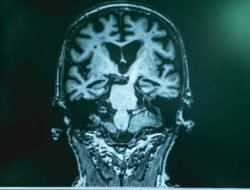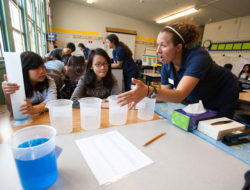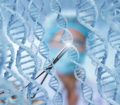UC San Diego and Scripps Institution of Oceanography research centers are popping up around the globe. Here’s a sampling of those launched this year.
Marine archaeologists take the plunge
Three Eastern Mediterranean civilizations collapsed millennia ago. Now archaeologists like Thomas Levy of the Scripps Center for Marine Archaeology are trying to figure out why. They’re digging up sediment, fish bones, and other material near the Gulf of Corinth to see if climate change and drought played a role.
Environmental archaeologist Isabel Rivera-Collazo studies the effect of rising sea levels on the Puerto Rican coastline. She also makes 3-D coastal maps, because Scripps scientists have done little marine archaeological research on the island.
Taking to the seas and embracing a wider perspective sets the Scripps Center apart.
Developing a broader view of medicine
Health practitioners and researchers working to add alternative concepts into the Western medicine dialogue launched UCSD’s Centers for Integrative Health, which focuses on integrative medicine, mindfulness, research, nutrition, and education.
“We want to give people as many health options as possible so that they become an active participant, rather than a passive recipient, of health care,” says Managing Director Lauray MacElhern.
Over the past few years, advocates have rebranded “alternative medicine” as “integrative medicine.” While debates continue about its legitimacy, it can complement established treatments.
Science and engineering span the border
Tijuana is just 20 miles from downtown San Diego, but sometimes can seem much farther. If UCSD’s CaliBaja Education Consortium is successful, these cities and others in the region will be more closely tied.
San Diego and Baja California have flourishing STEM industries, like biotech and telecommunications, but students might not know of all the opportunities they offer. The consortium could help feed the growing demand for scientists, engineers, and other researchers.
“We want to make this a thriving region where people on both sides of the border are no longer seeing the border, but seeing themselves as one geographic region,” says Olivia Graeve, who heads the CaliBaja Center for Resilient Materials & Systems.
Tags: Environment, Research, Scripps, Scripps Institution of Oceanography, UCSD




